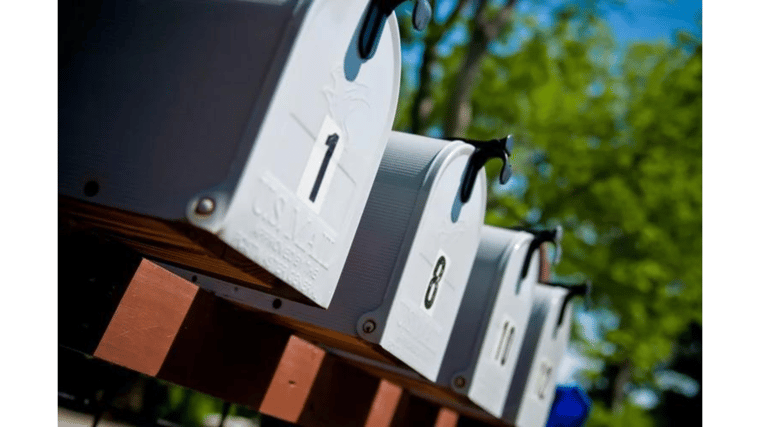Email scamming isn’t new. The consequences of becoming a victim of these scammers can be serious and include the theft of data and intellectual property, fines for lack of compliance to regulations, downtime, lost revenue and extortion, system downtime and damage to your corporate reputation. While email scammers change their tactics to avoid detection, these email security best practices can help keep you and your company's information safe.
1. Be Wary of Attachments
Attachments on emails from unknown senders should never be opened. Many file types are known to be harmful, starting the spread of a malicious virus when you open the file. Other actions include the installation of spyware that records your keystrokes (and thus your user names and passwords) or giving an intruder remote access to your computer. If you get an email with a suspicious attachment, delete it.
2. Be Wary of Links Within Email Messages
Web links are another way to deliver malware. The links might appear to take you somewhere familiar, but watch for discrepancies, like misspellings or weird variations of names. Links that look like they will let you unsubscribe from spam email can also be dangerous. If you get an email with a suspicious link, delete it.
3. Be Wary of Unusual Email from Someone You Know
Methods to spoof email addresses can make you think someone you know is sending you a message. One of the latest email scams involves messages purportedly from the person’s employer asking for help in a financial transaction. If you get an email that you suspect is an impersonation, verify with the person that they did indeed send the email before you comply with any request for information or action.
4. Don’t Respond
The scammer wants you to do something, whether it is to click a link, open an attachment or provide information. If you respond, the scammer knows they found a valid email address and can continue targeting you for further attacks.
5. Use a Spam Filter
The best way to avoid unwanted and dangerous emails is to prevent them from getting into your inbox in the first place. Spam filters can identify potential spam by its origin, the software used to send it and its appearance. The filter uses different layers of criteria to determine if a message is suspicious and quarantines it until you decide to block it permanently or permit it into your inbox. Attachments can also be scanned for potential threats.
More Guidelines to Improve Security
Following these email security best practices will help avoid and handle spam email but there are other practices that you can implement right now to improve your company's security.
